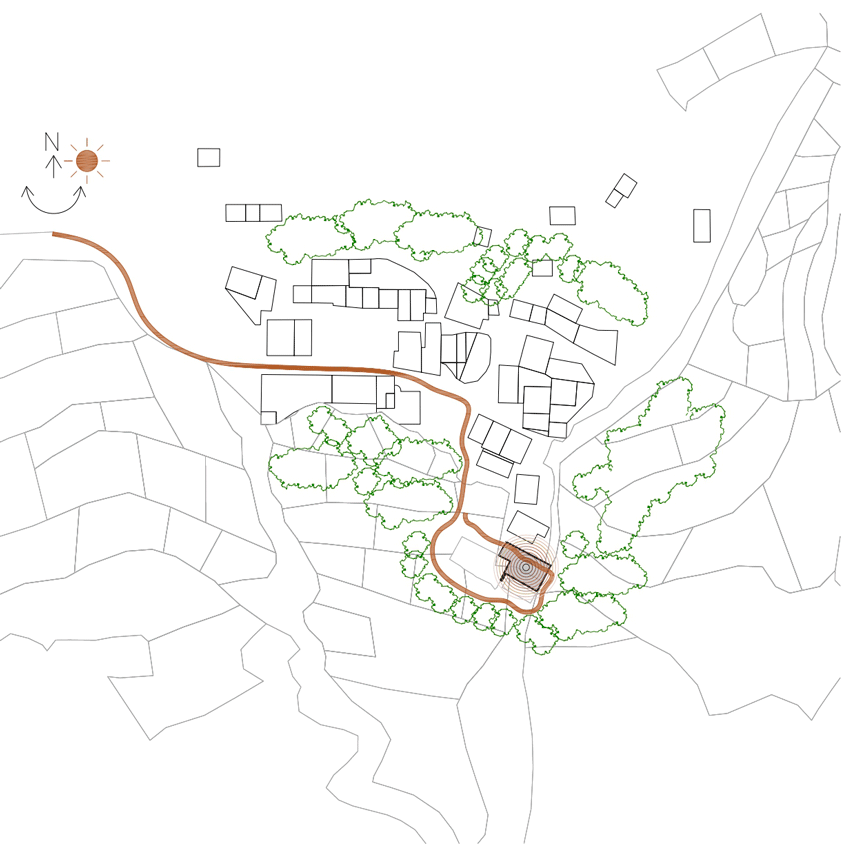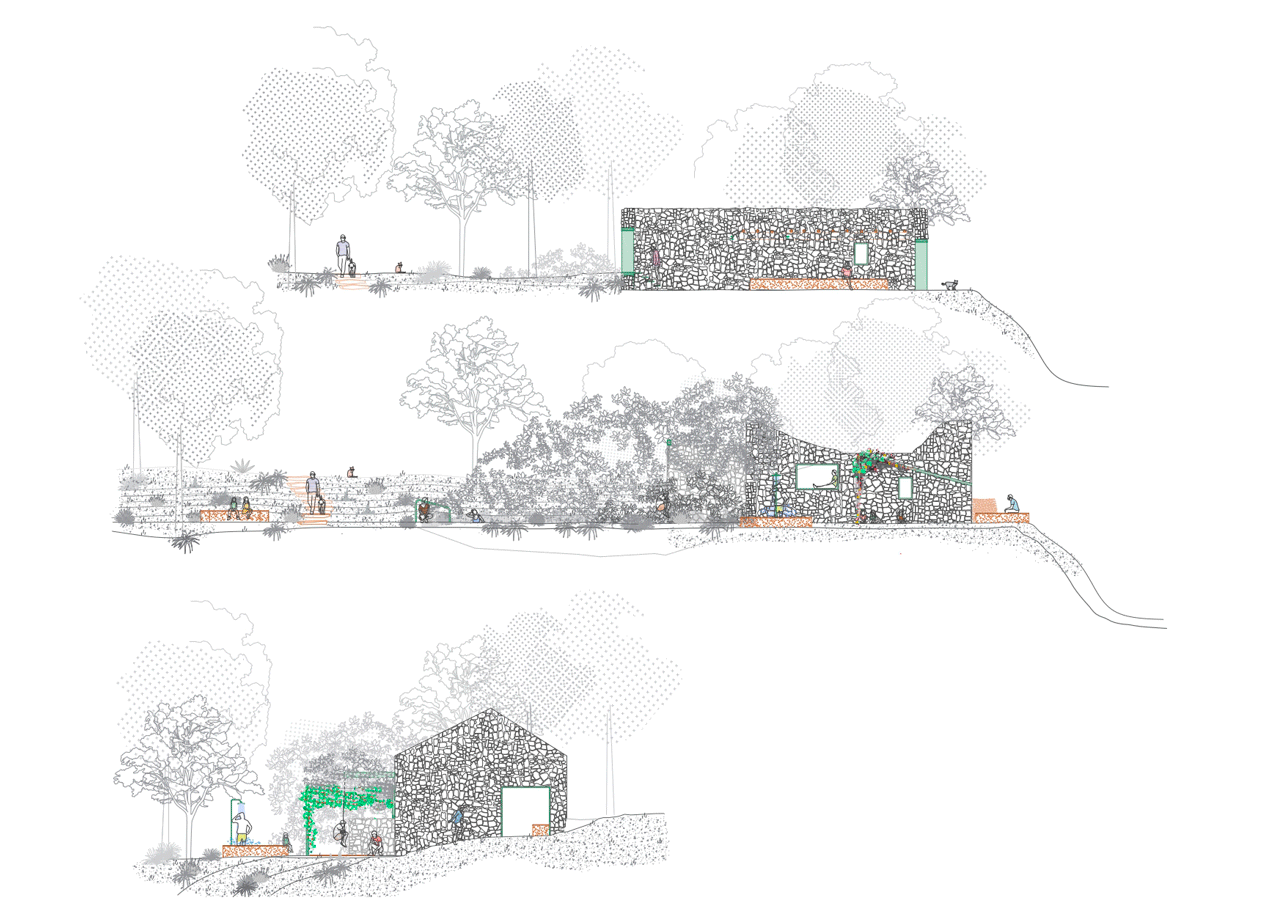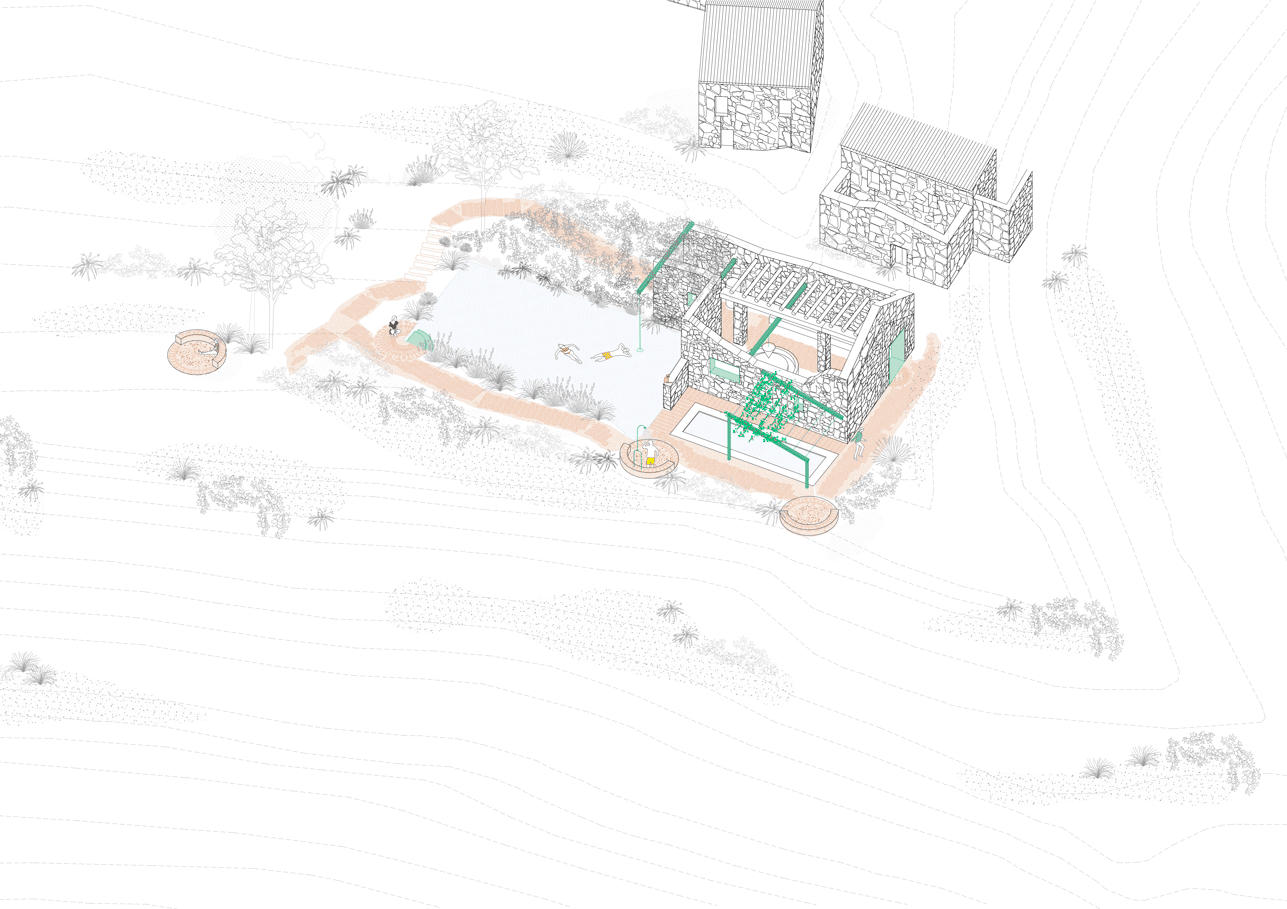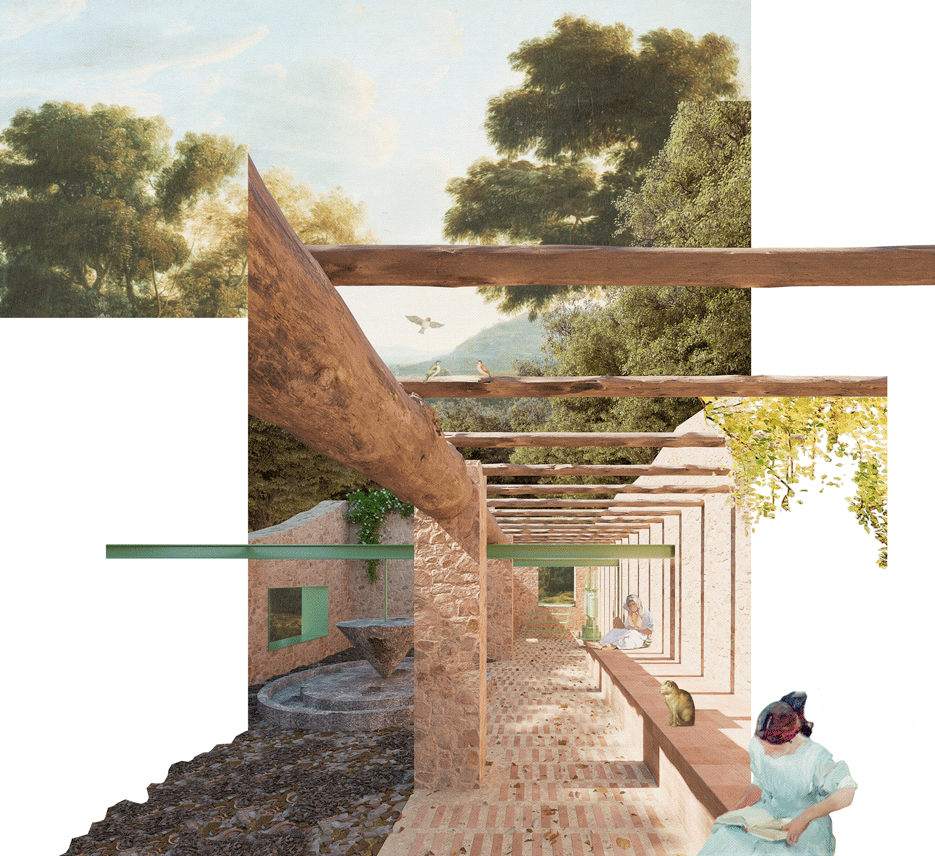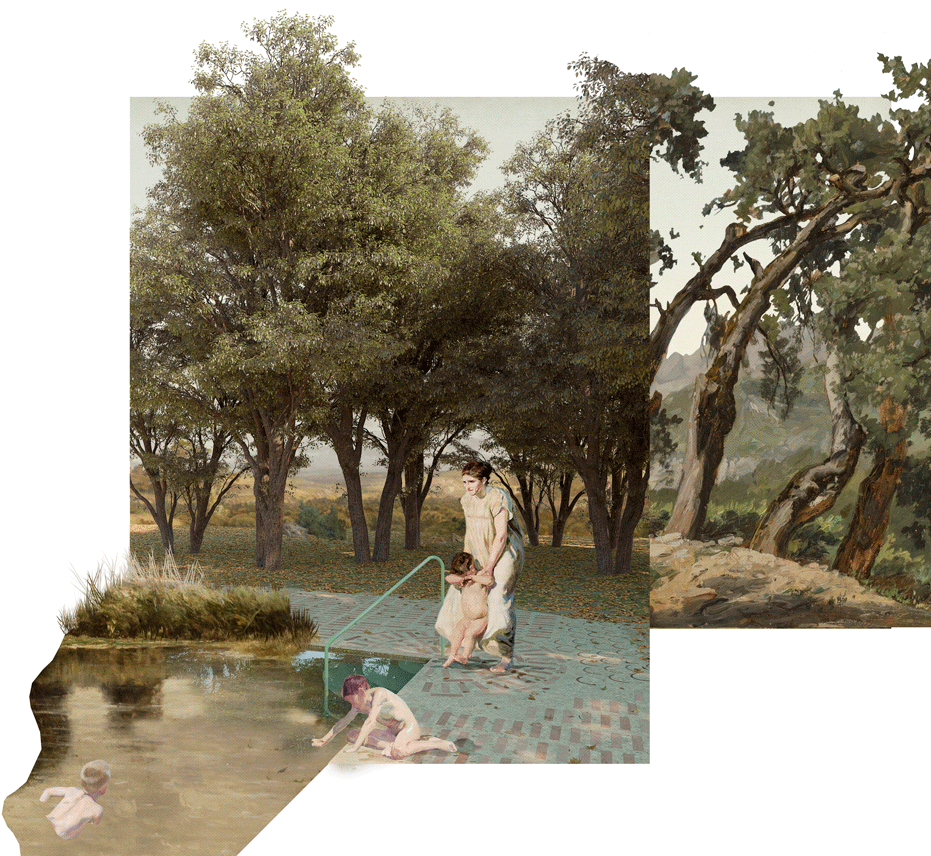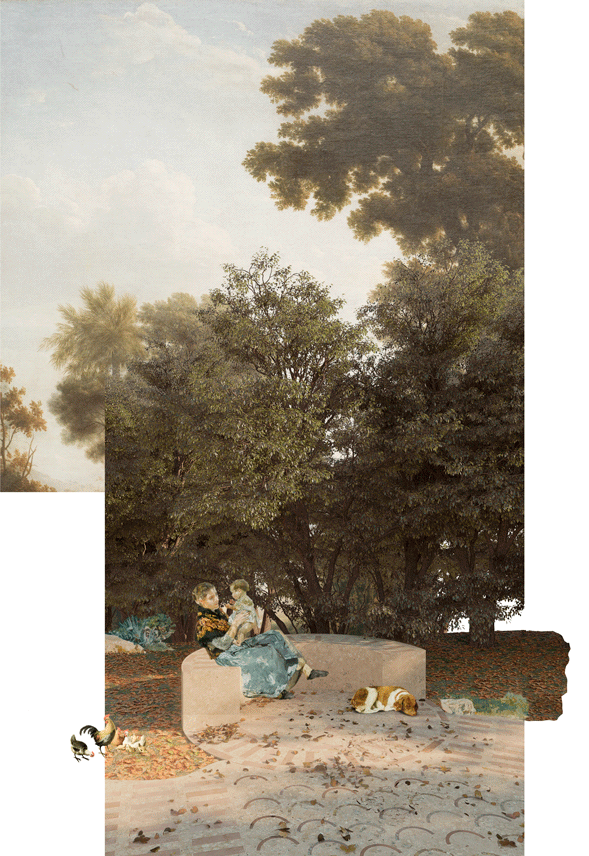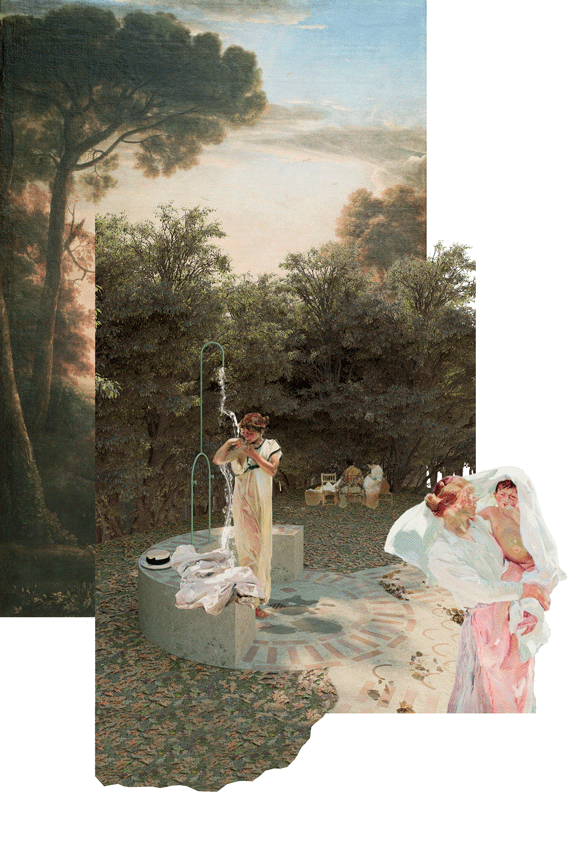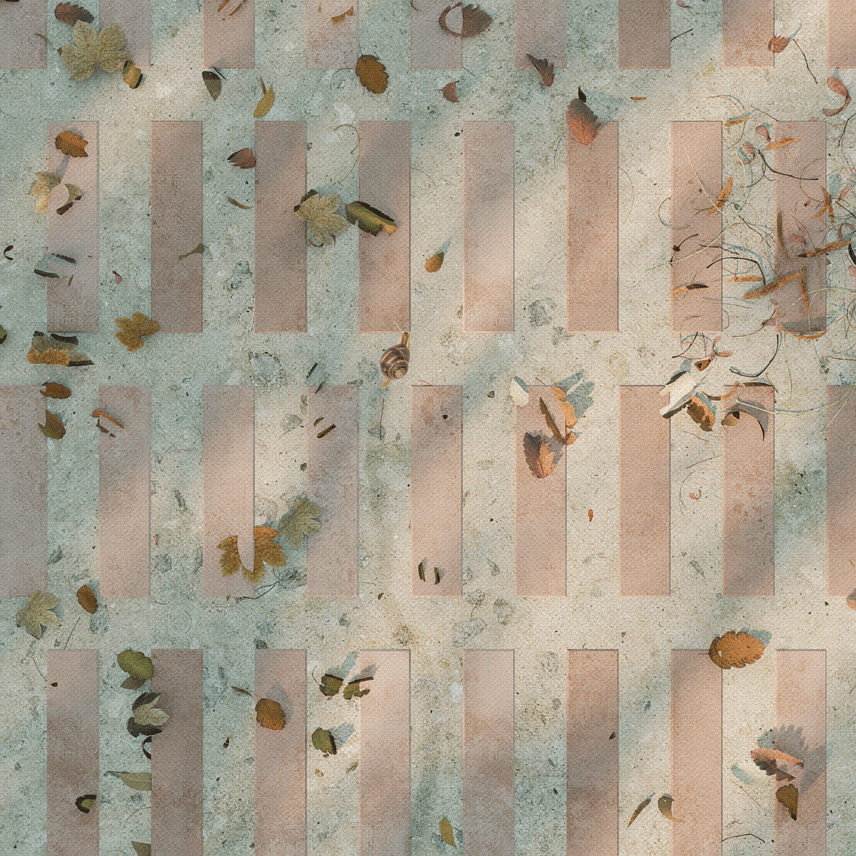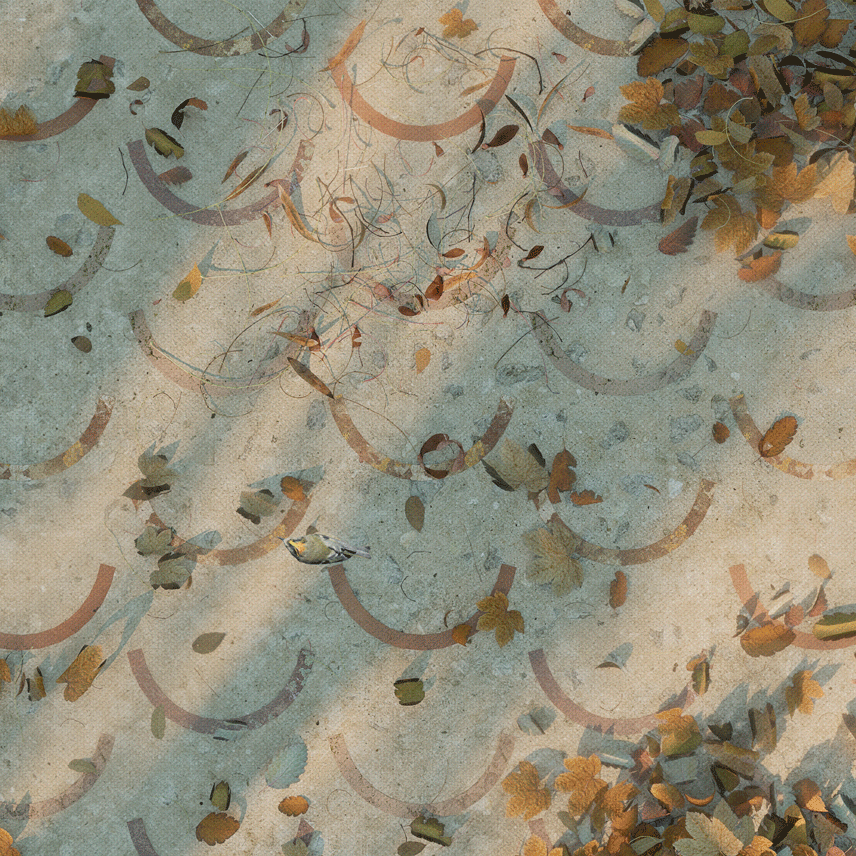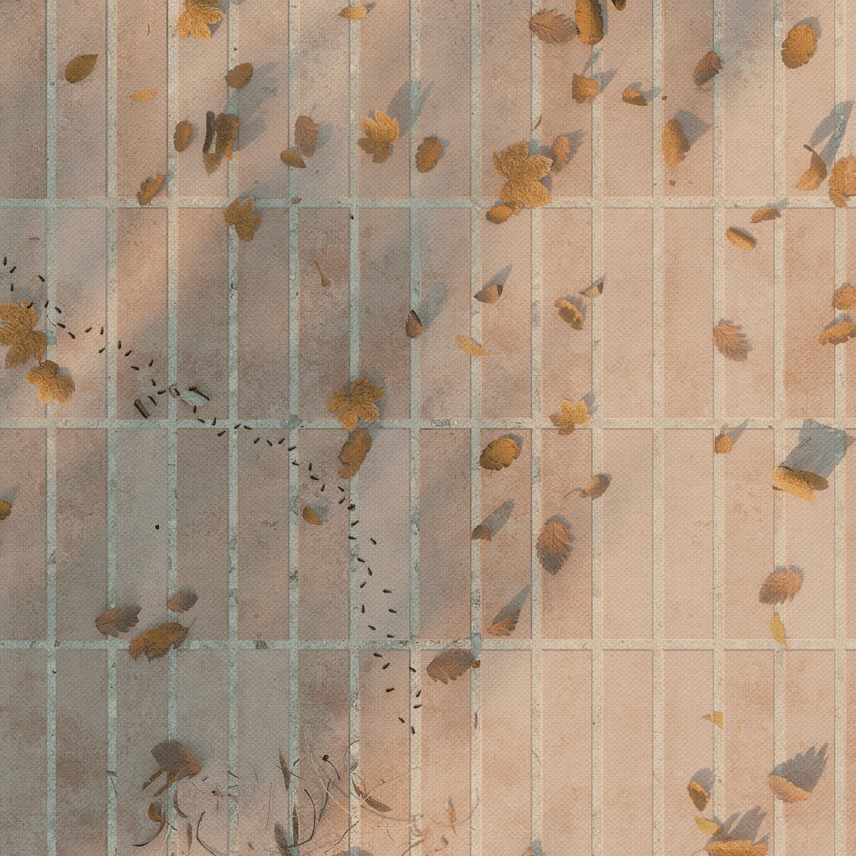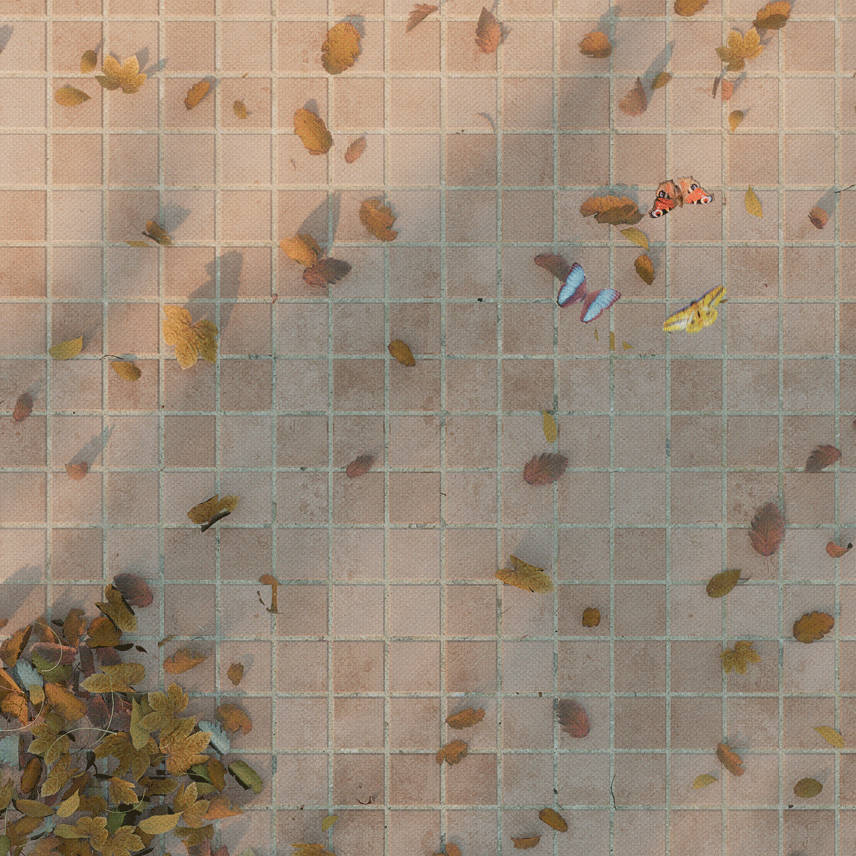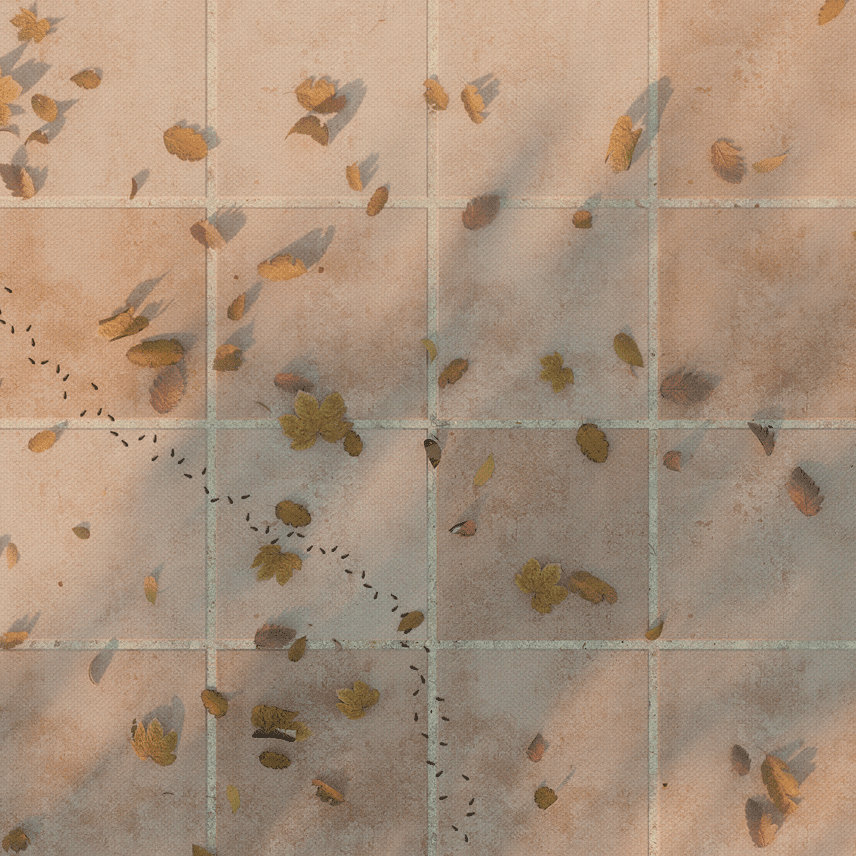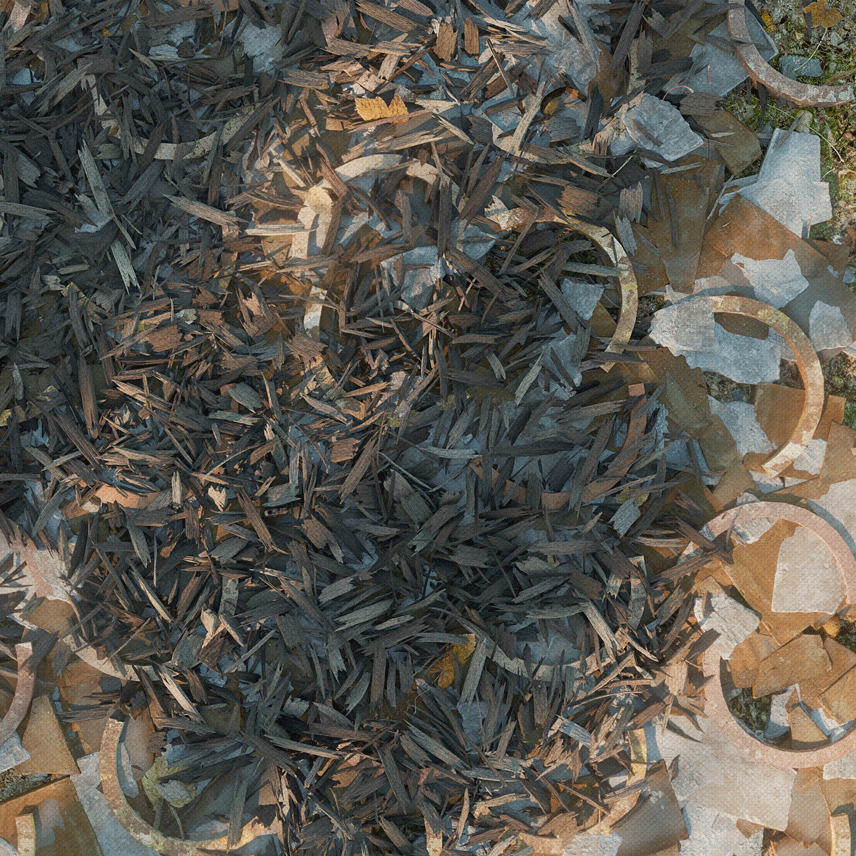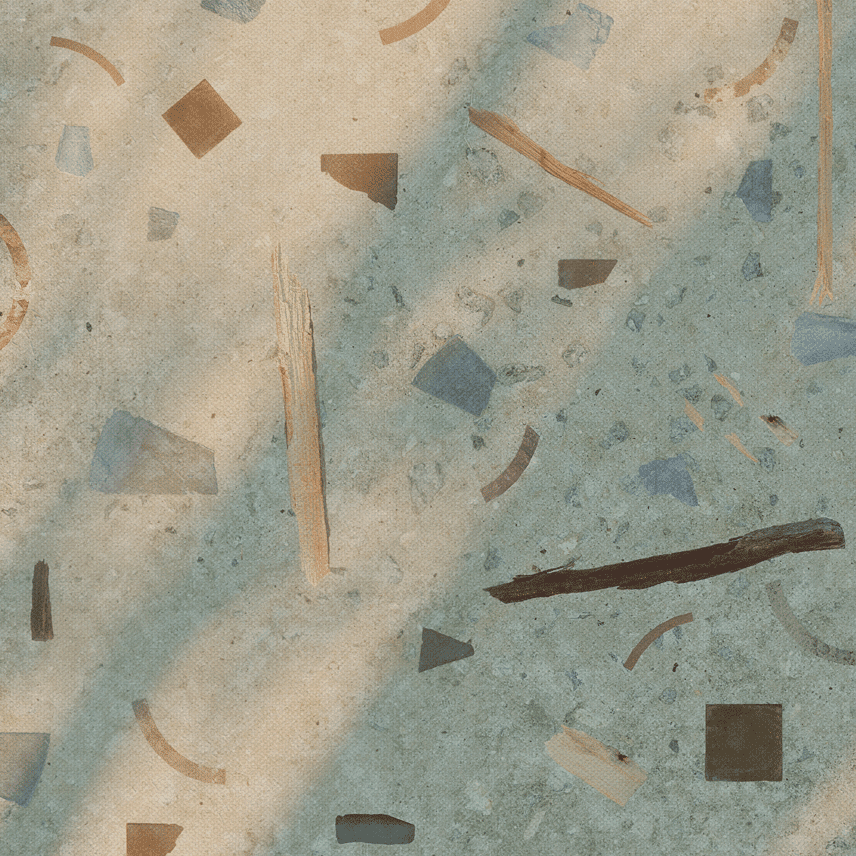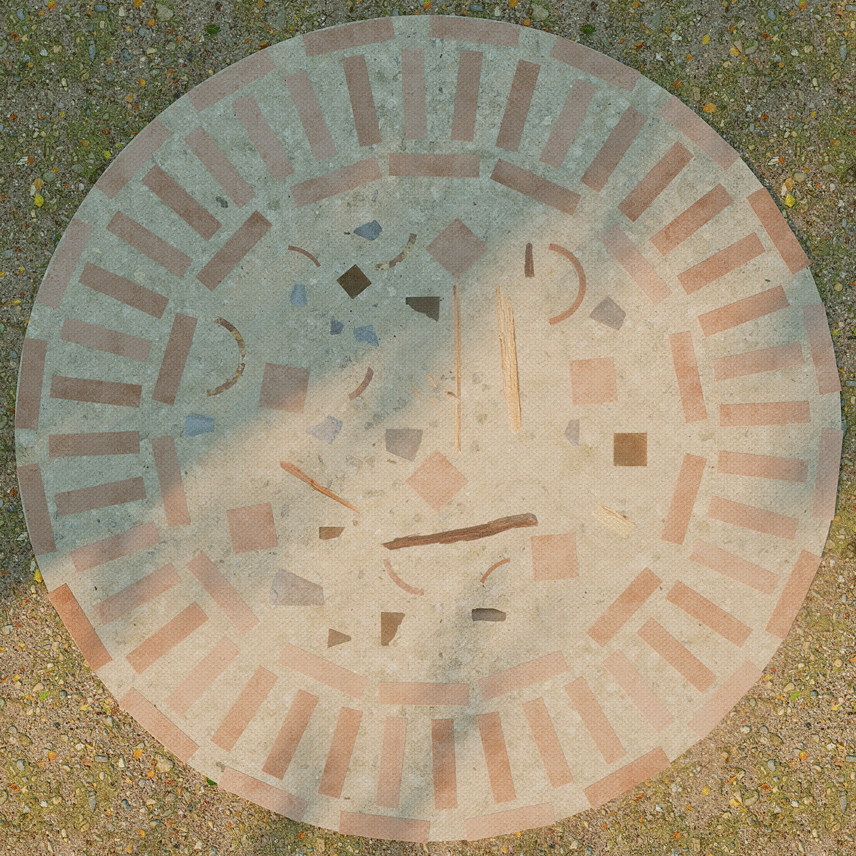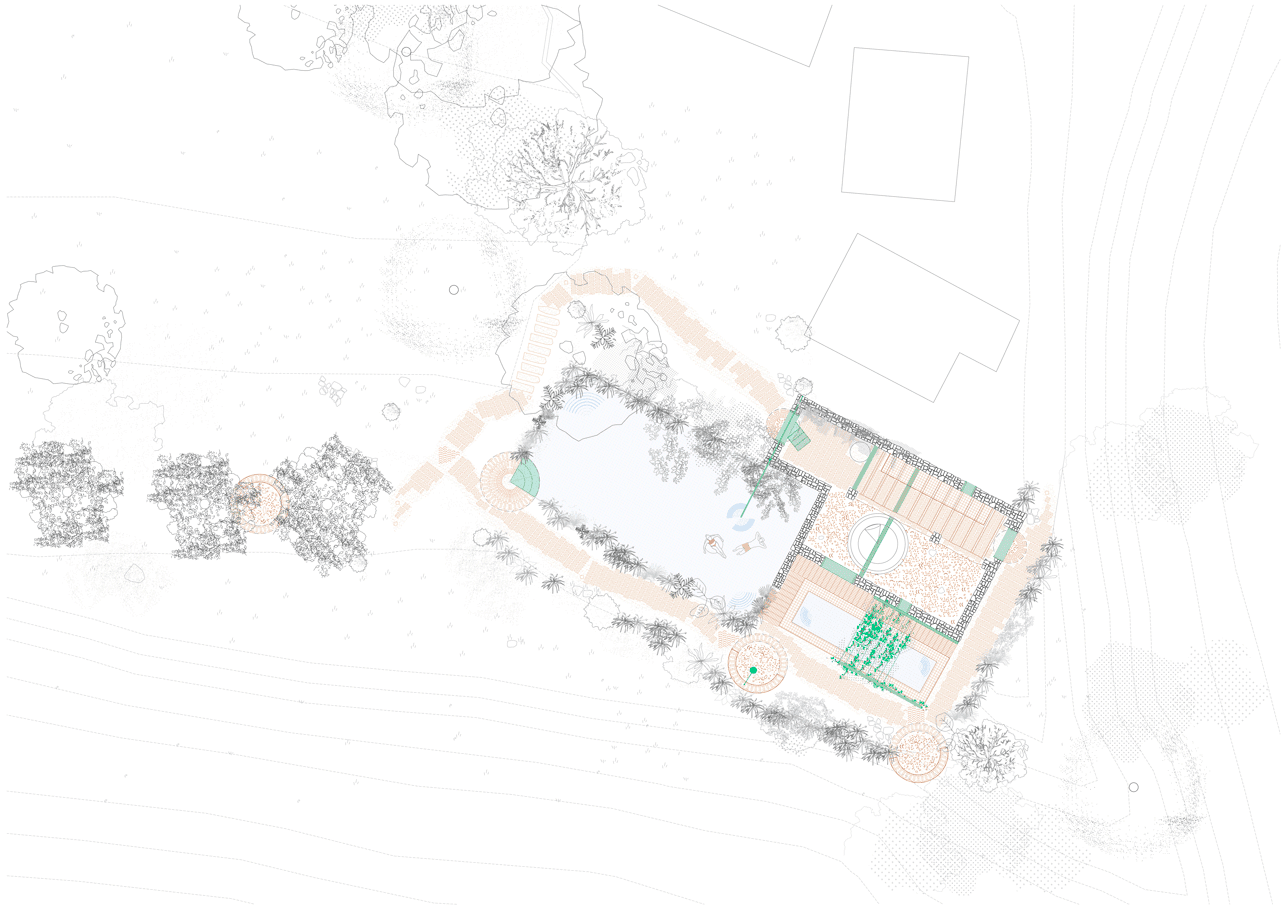First Prize CRU Contest of the Diputació de Castelló for the regeneration of the mill-laundry area in the village La Artejuela, Arañuel
Our proposal arises from the observation and the own use that the inhabitants and visitors of Artejuela, a small village of Alto Mijares, already made in the place. With it we do not want to alter the existing walk but, in a subtle way, improve the experience of the tour and the stay. A walk between the irrigation ditch and the pond, over the stoneware and the fallen leaves and the tiles and the rubble of the collapse; with the oil mill and its beams, the old and the new ones, and the bench and the window framing the landscape. With the washing place and the pergola and the benches and the shower and the tree with two trunks.
A route that completes the existing ones in the village and brings to the village a new recovered community space.
This recovery is achieved with minimal interventions, only what is necessary. Metal beams to consolidate the ruin of the old mill, from which even the rubble is used. What used to cover the space (beams, joists, vaults, reeds and mortars) now make up the new floor.
Along the route, semicircular benches invite to the meeting and rest in key points of the route and a new shade, under a pergola, accompanies the old washhouse.
Starting the descent between the last of the houses, a carpet of deactivated concrete picks us up and following the longitudinal pieces of stoneware, accompanies us on the descent between terraces to the pond. At the corner of the raft, the rigging changes and the stoneware pieces draw concentric geometries that indicate a new access to the water in a safer and more accessible way.
Nearby, a lookout bench among olive trees, built with the same criteria and materiality as the path under our feet, constitutes a living space that, far from replacing the old chairs that the inhabitants of the village have been leaving spontaneously marking the places where it was better to be and which we found on our first visit, accompanies them.
We continue the walk and at the edge of the pond we soon find another of the characteristic points of the intervention, again circular geometries, which on this occasion surround a pipe through which the water will fall. And a little further on, where the path changes direction; at that point where we had the best views during the visits, a new living space, a bench viewpoint over the landscape of the Barranc de La Artejuela ravine and the forests of La Parreta.
Behind us, and facing the valley, the old washhouse, bordered by a new stoneware pavement, this time with a square geometry and with hardly any joints to make its enjoyment more comfortable and accessible. Above it a new shadow, the one caused by the pergola that recovers an extinct geometry, whose remains can still be seen in the walls of the oil mill and that leads us to think that this space was once covered by a gable roof. Now it will be again but with branches, leaves and deciduous flowers; to let the sun pass through in winter and protect from it on the hottest days.
Continuing the walk, finally the old olive oil mill. This space is incorporated into the route that is decided to go through the inside of the building. In this way, a green metal frame that serves as lintel and jambs of the old access door welcomes us. Inside, small openings chosen in the facade behind the laundry room, facing south, frame the landscape.
A semi-covered square with the beams inherited from the pre-existence and other new ones that simulate the old forging give shape to a patio between the four facades that make up the ruin in which to observe and learn about the tools that were used to obtain the oil, the mill and the press, claiming its value as cultural heritage.
On the north façade a bench lined with ceramics, allows to observe the space, to know its history and to enjoy the chosen views or to rest and to meet with other neighbors and visitors. A small staircase bridges the difference in height between the interior of the remains of the mill and the exterior.
To finish the route of the intervention and, before returning to the path that crosses the village houses, in one of the walls that make up the old oil mill there is a cantilevered beam in which a rope is tied to climb and from which to jump into the water in the shade of the fig tree, reproducing the one that already existed hanging between the branches.
From the initial conception of the proposal, we considered it necessary for it to be properly integrated into the place to which it belongs. Our proposal is in itself a succession of spaces of permanence from which to converse and observe the landscape and thus becomes, in this way, a point of interest in a descending walk from the village that extends to the proposed place.
It is a proposal of minimum, almost acupuncture, to influence the highlights of the tour to improve the experience of the stay and the tour. The possibility of conversing and continuing to build community, whether you are an inhabitant of the village or an occasional visitor, is given in different spaces: under the shade of an olive tree, next to the wall of the washing place, in a refreshing bath in the pond or observing and learning about the work that until not so many years ago was carried out inside the mill. The possibility of observing can occur at the moment of the encounter with the view projected towards the valley or in the course of the walk along the paved route dotted with milestones. The path becomes a promenade in which the continuously changing point of view allows to understand the true meaning of the proposal.
